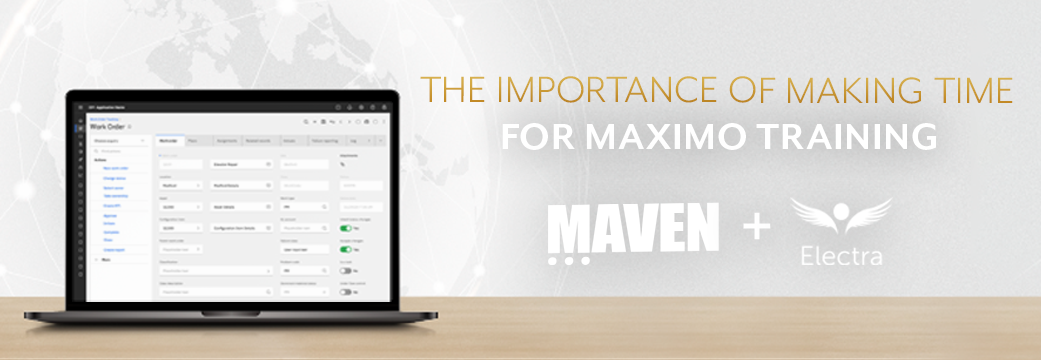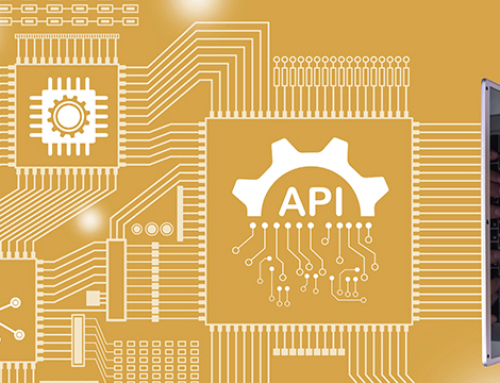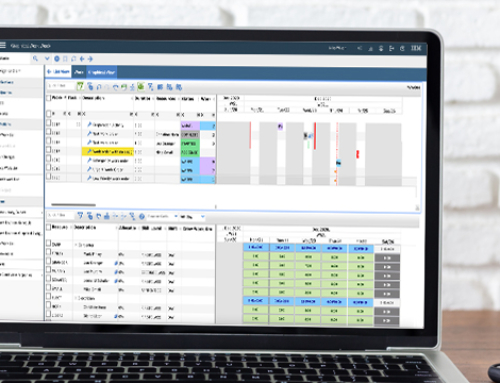This article was co-authored with Electra Learning to discuss the importance of making time for Maximo training.
Why it is time to end the one-and-done approach to Maximo training?
Introducing any new system across an organization is a major undertaking that requires both significant financial and time investments. Yet, while senior leaders focus on the numbers and the planning, all too often training fails to be given the attention needed to ensure a successful implementation.
Neil Summers of Electra Learning sums up the problem succinctly:
“As an organization we often see a large percentage of companies delivering training that is largely ineffective due to the limited scope of purpose, timing, and content.
The fast-paced nature of business calls for organizations and their people to adapt to changing circumstances rapidly, and to always be learning. The one and done approach to training is, frankly, done. Continuous learning and supporting the learners is the key to success.”
A familiar approach is to factor in an in-person training day for all users, with experts identified who can support other team members who use the system less frequently.
This approach makes several misguided assumptions including:
- Everyone in the room learns in the same way
- Learners will remember the majority of what they’re told the first time they hear it
- What they don’t remember they will easily be able to figure out as they go
- They will be able to easily apply what they learn in a classroom to real world events
- Everyone in the room is comfortable with the change and is open to learning
Contrary to these assumptions, research has shown that learners forget half of what they have learned within an hour of leaving the classroom and have forgotten 70% within a day1.
Jennifer Gatza from Maven Asset Management adds:
“We live in a time where knowledge is accessible from anywhere, but learning seems more challenging than ever. We move at such a fast pace, tending to urgent needs, leading us to believe that we don’t have time for training.
How many people do you know who could comfortably step away for days at a time to sit in a training class? But what if we made learning part of our day-to-day life? Instead of large, infrequent blocks of time, what if we create an environment that encourages steady delivery of individualized learning in manageable pieces?”
Digital learning helps learners remember more.
Bite-sized eLearning delivered over several weeks in the run-up to go-live and afterwards is proven to optimize learning and increase knowledge retention of the new systems by as much as 60% compared to classroom training alone2.
Modern, digital training blends different content such as graphics, animations, videos, and quizzes, as well as one-to-one or group coaching. In this way, learners have multiple ways to assimilate information. What’s more, by undertaking shorter, more regular learning, key messages and topics are reinforced and are much more likely to ‘stick’.
Expecting employees to sit through a full day’s training knowing that this is the one chance to get the critical information they need to do their job creates unnecessary pressure. It can also create anxiety and a reluctance to embrace the change. Investing in getting training right early on not only ensures users are comfortable and confident using the system but it breaks down barriers to embracing change, making it more likely that they will follow the correct processes. This process optimizes the quality of the data being inputted and therefore the system’s performance.
The earlier the training, the faster the results.
Most system implementations aim to improve performance across an organization. A one-and-done approach delivered towards the end of the system implementation will take longer to achieve that improvement and is likely to fail to achieve the transformational benefit often lauded at the start of a project.
By introducing regular, smaller training sessions that combine eLearning with some in-person support early in the implementation phase learners are much more likely to gain both the skills and insights they need to optimize the use of the system to drive asset performance and will be more supportive of the change.
Discover how Electra Learning and Maven Asset Management can support your next system implementation. Get in touch with the authors by email at neil@electralearning.com and jgatza@mavenasset.com.
Expert Profiles:


 Jennifer Gatza, CEO, Maven Asset Management
Jennifer Gatza, CEO, Maven Asset Management
 Neil Summers, Co-owner and Director, Electra Learning
Neil Summers, Co-owner and Director, Electra Learning





